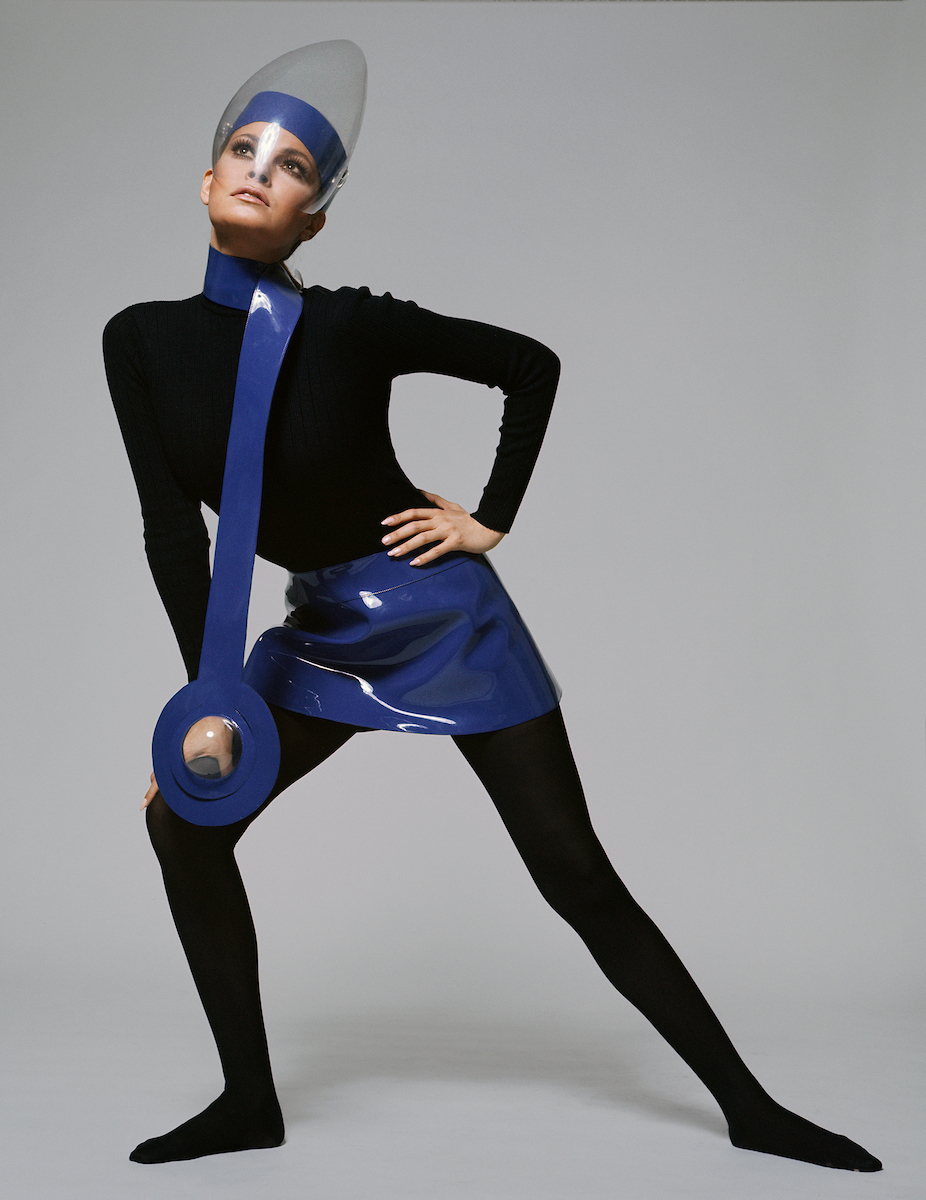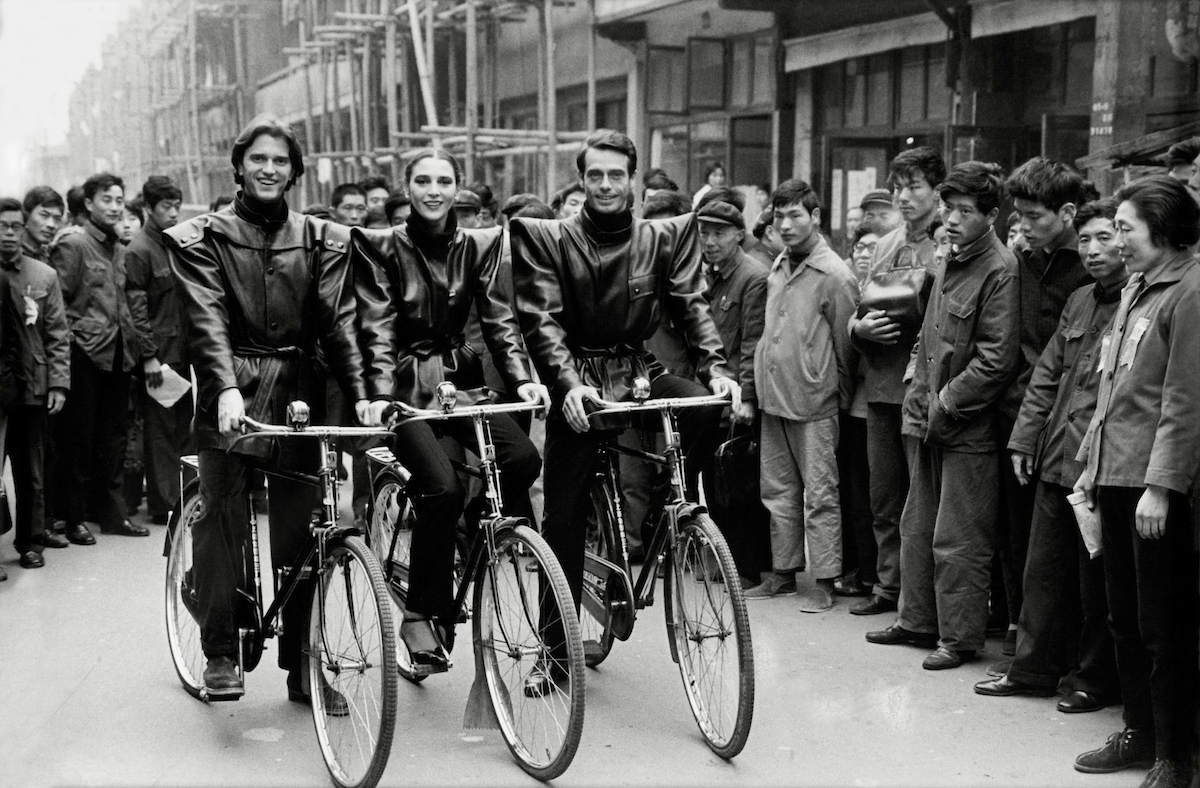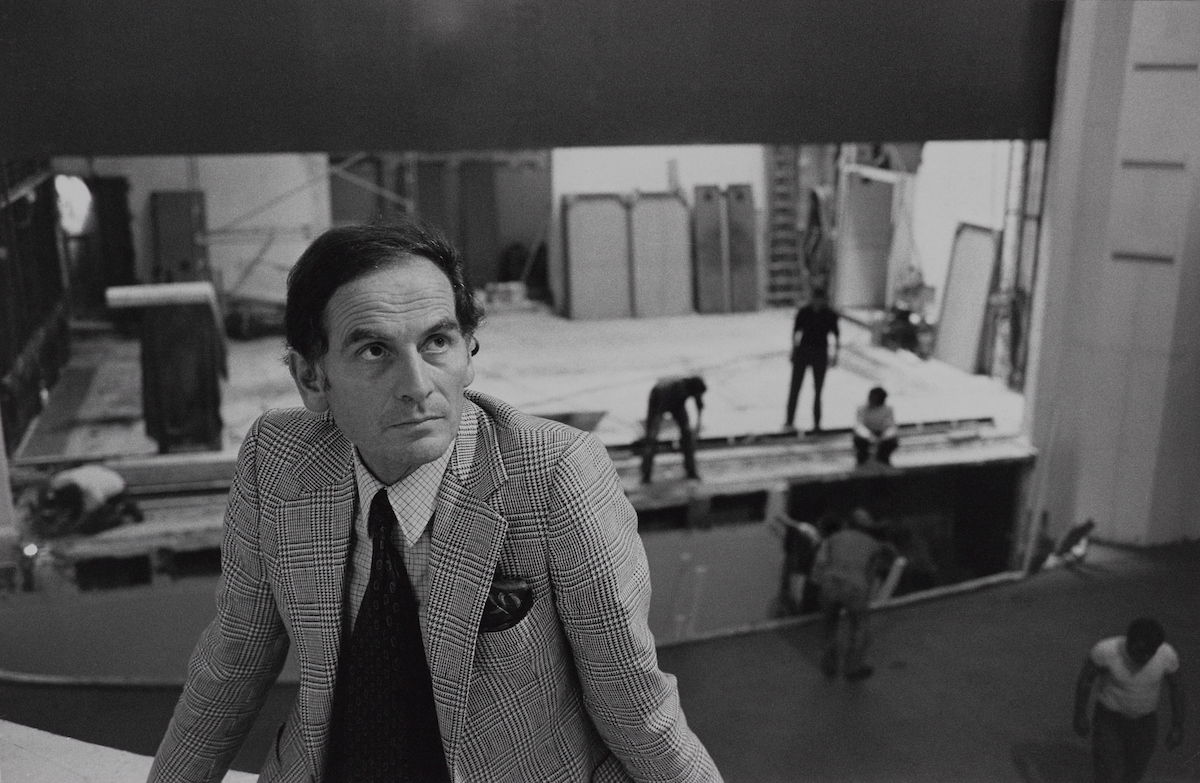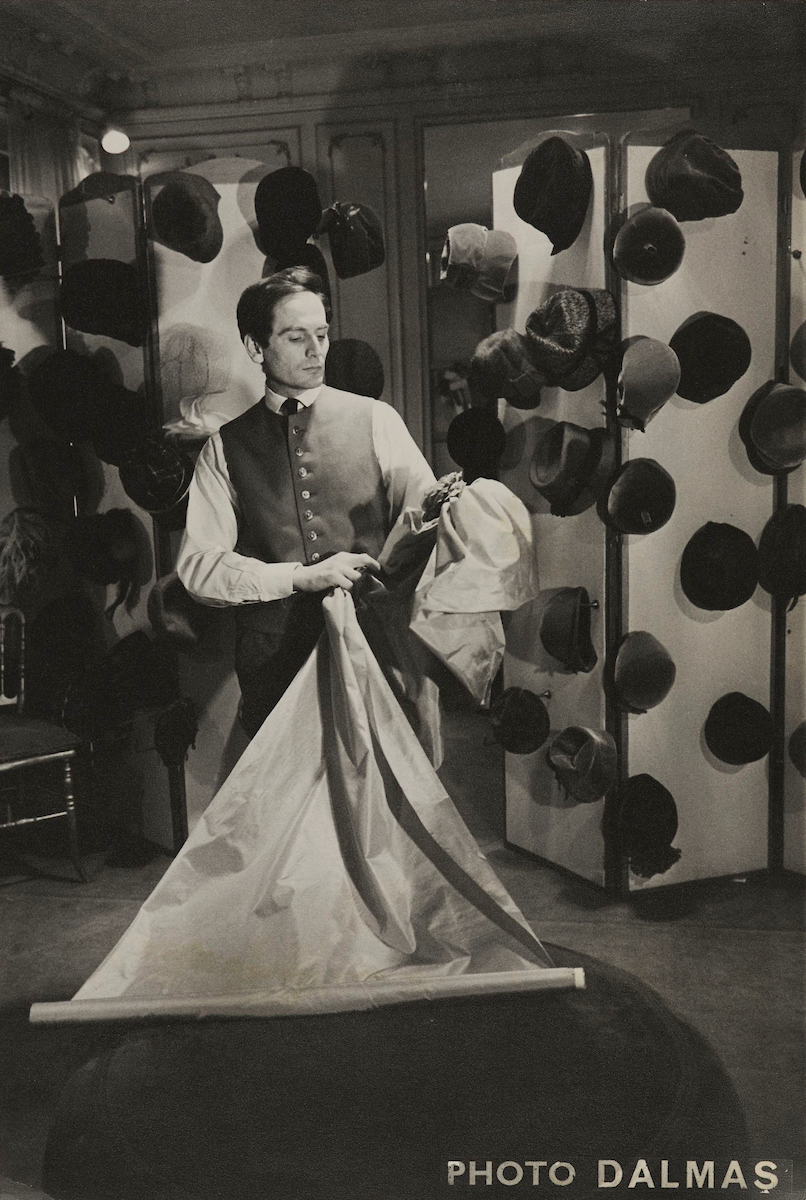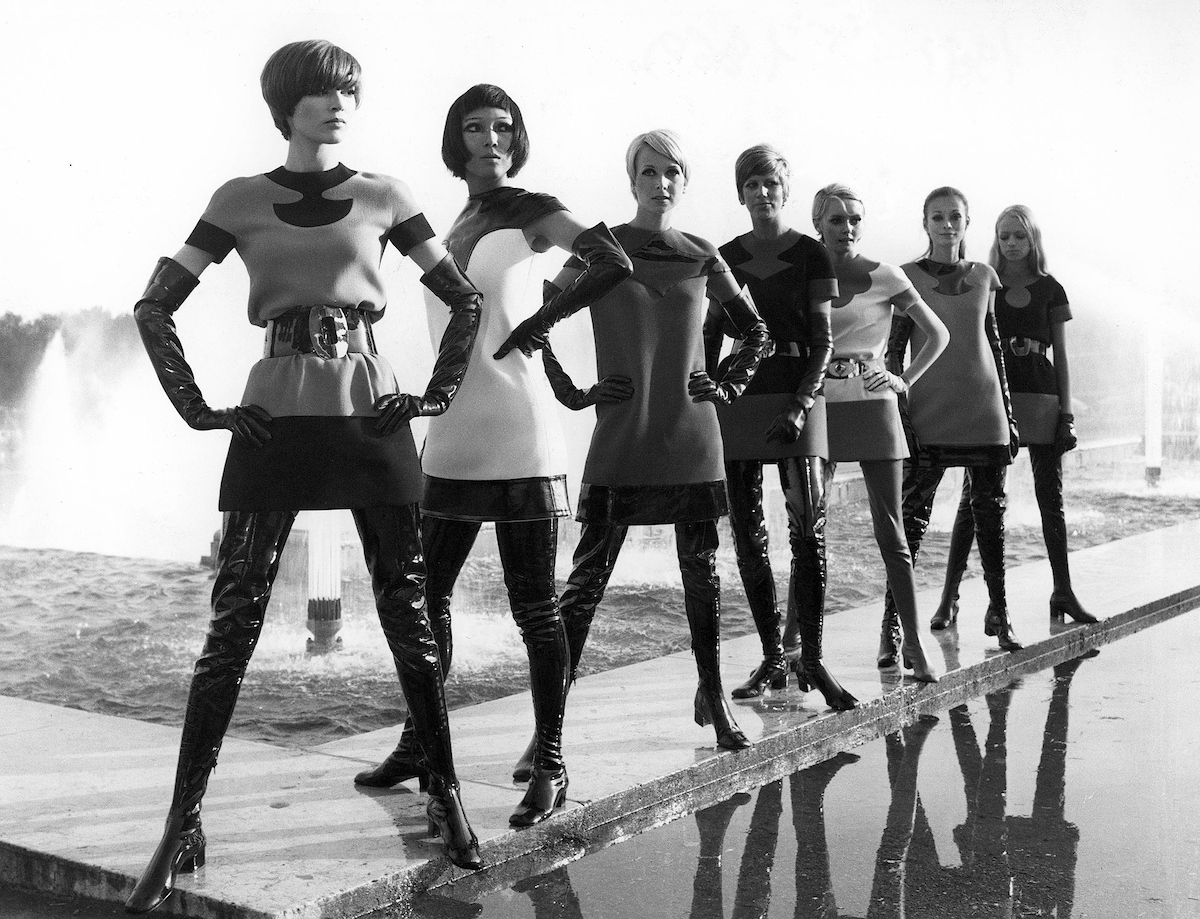In the late 19th century in Paris, Spain and dancing became two subjects that fascinated artists and especially the work of Velasquez, which they began to see at the Louvre. His lights and darks and rendering of real characters captivated them.
This work, Lola de Valence, now in the Musee d'Orsay, was painted in Manet's Spanish Year, 1862, when all of his favorite models were rendered a l'espagnole. (The Luncheon on the Grass, soon after, was to take it all off!)
Manet did not visit Spain until 1965. And then his work became even more imbued with Velasquez. But Victor Hugo had written Hernani, set in Spain. Delacroix had already been. When Manet finally got to Spain, to the Prado, his obsession with Velasquez was confirmed. He wrote to Baudelaire telling him he thought he was the 'greatest artist there had ever been...I discovered in his work the fulfillment of my own ideals....and the sight of these masterpieces gave me enormous courage and hope. " Baudelaire, in turn, wrote this:
Lola de Valence
Entre tant de beautés que partout on peut voir, Je contemple bien, amis, que le désir balance; Mais on voit scintiller en Lola de Valence Le charme inattendu d’un bijou rose et noir.
— Charles Baudelaire, Les Fleurs du mal (1868)
Among such beauties as one can see everywhere I understand, my friends, that desire hesitates; But one sees sparkling in Lola of Valencia The unexpected charm of a black and rose jewel.








